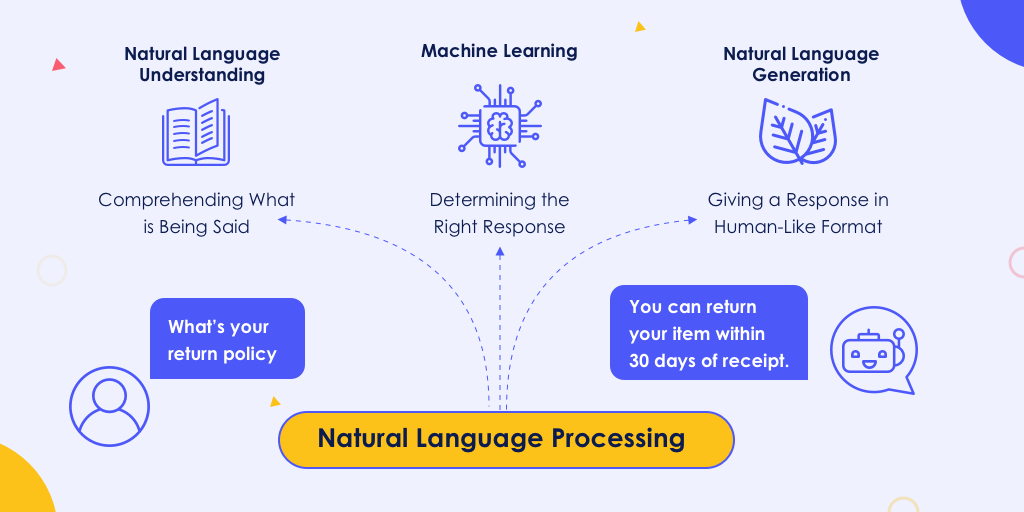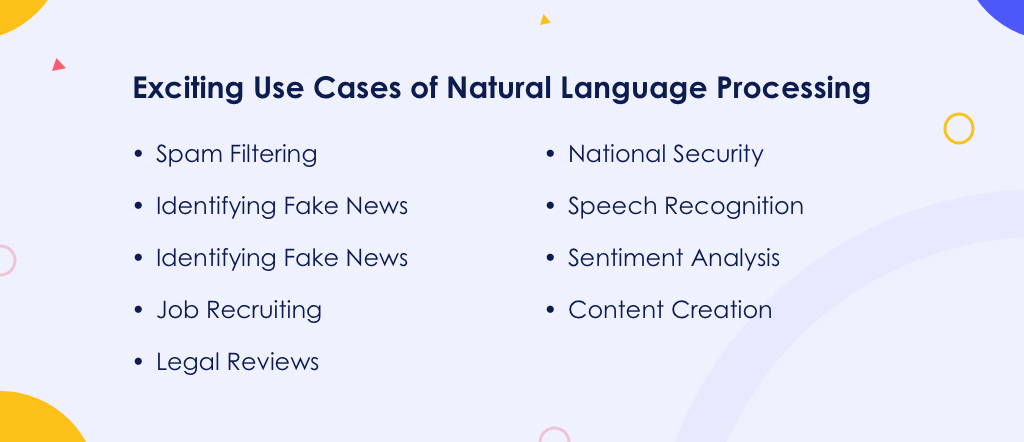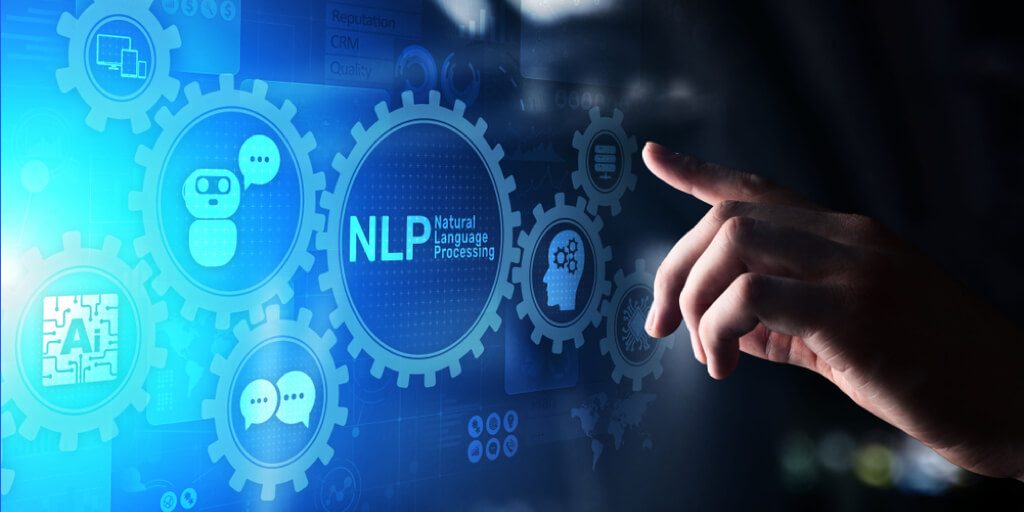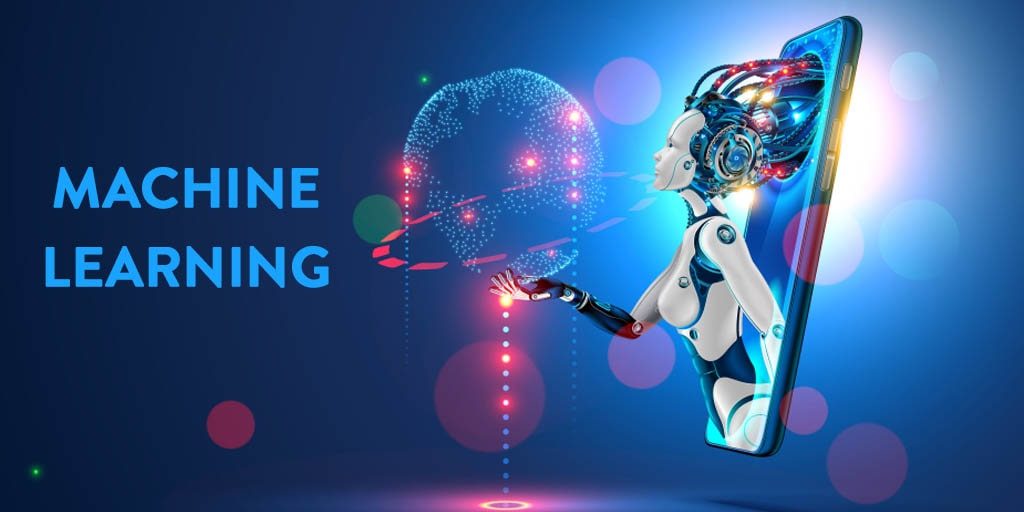Do you think our computers and mobile devices understand us?
It may seem like a strange question to ask, but we’re much closer to achieving a level of interpretation that appears similar to the abilities of humans.
Natural Language Processing (NLP) is a subfield at the intersection of machine learning, linguistics and computer science that’s rapidly expanding, and has made incredible advances within the last few years. Odds are good you’ve already interacted with a system using NLP. It’s the tech behind the answers you get when you say “Hey, Siri” or ask Alexa a question.
Right now, the tone of your voice and the hidden connotations of what you mean don’t seem to be getting analyzed, but it’s not far away.
NLP is already being used to review online content for sentiment analysis. It won’t be long before Siri asks why you’re upset or Alexa comprehends you’re nervous and suggests some yoga positions.
And while the most familiar uses of NLP are coming from large corporations like Apple, Google and Amazon, that doesn’t mean it’s out of reach for small to medium-sized businesses. Keep reading to learn how it works, how it’s already being applied, and how you can start adapting it to your organization’s needs.
What is Natural Language Processing (NLP)?

Early iterations of natural language processing were rules-based. They required countless hours of work by humans to hand-code and sort words and phrases so a device could interpret them properly.
Researchers quickly understood that strategy doesn’t scale, so newer adaptations rely on machine learning algorithms to sort and predict relationships using statistical inference. Basically, devices using NLP are making an educated guess as to the meaning of the words they encounter. And generally, the more content fed into these systems, the better they get at interpreting content.
One of the early breakthroughs in natural language processing was to determine which words to ignore. As you can imagine, it would be difficult to determine the meaning of a document or recording if you had no idea what each word means. But by using techniques like frequency analysis (which means each word is being counted to see how often it is used), an NLP system can “learn” that common words like “the” and “a” don’t carry as much meaning in a sentence as nouns and verbs do.
However, don’t get tricked into believing NLP is just a complicated way of identifying the subject and object of a sentence. It’s already able to correctly identify complex relationships among groups of text, such as a demonstration by Microsoft that it’s NLP system can identify people with pancreatic cancer just by the internet search terms they use, before they have been diagnosed.
Exciting Use Cases of Natural Language Processing

Aside from early opportunities for cancer diagnoses, natural language processing is being used in a number of real-world applications. Here’s a quick list to help you understand the possibilities:
Spam Filtering: Our email inboxes wouldn’t be the same without automatic spam filtering. Google and other email providers use NLP to identify the most common phrases and patterns present in spam messages to identify new ones and keep them out of your inbox.
Identifying Fake News: Twitter and other services have started labeling content as fake news and going so far as to remove it before it’s seen.
High Frequency Trading: The algorithms used by Wall Street hedge funds do a lot more than buy and sell stocks quickly. Most are tied into the stream of news stories being published daily to perform sentiment analysis on reports related to companies and events. The relationships they identify guide them as to when and what they should buy and sell.
Job Recruiting: Some employers have begun using NLP to scan resumes and other online content from applicants to surface talent that matches open positions.
Legal Reviews: Law firms are adopting NLP to help them sort through relevant case law to help them identify cases that support their arguments.
National Security: The NSA, FBI, CIA and Homeland Security use NLP to analyze massive amounts of online and physical content during investigations that span the globe.
Speech Recognition: Common examples include Google Assistant, Alexa and Siri, but many vehicle infotainment systems use NLP in addition to popular services like Google Translate.
Sentiment Analysis: Researchers are using sentiment analysis on sites like Twitter and Facebook to determine public feelings on topics like climate change, politics, and consumer products. They have also been able to predict moods and depression levels of audiences using NLP.
Content Creation: Another side of natural language processing is the ability to reproduce it. One technology that’s been getting headlines recently is GPT-3, which has already been used to write original news stories and marketing content.
Leaders Shaping the Future of Natural Language Processing
Stanford has led the development of many natural language processing breakthroughs, with many attributed to Christopher Manning. He’s currently the Director of Stanford Artificial Intelligence Laboratory (SAIL) and a Professor of Computer Science and Linguistics. His courses and work covering neural networks, sentiment analysis, and deep language understanding are highly regarded around the world.
Other notable leaders in NLP include the following:
Dan Jurafsky is both a Professor and Chair of Linguistics and also a Professor of Computer Science at Stanford University. Dan is known for creating the first automatic system for semantic role labeling (SRL).
Rachel Thomas has a math Ph.D. from Duke and was named by Forbes as one of 20 Incredible Women in AI. She is a professor at USF Data Institute and co-founder of fast.ai, which created a popular NLP course called Practical Deep Learning for Coders.
Abhishek Thakur is a 4x Grandmaster at Kaggle (a large data science and machine learning community) and currently Chief Data Scientist at boost.ai.
Emily M. Bender specializes in multilingual grammar engineering. She has held several positions at the University of Washington, including Professor in the Department of Linguistics, adjunct professor in the Department of Computer Science and Engineering, faculty director of the Master of Science in Computational Linguistics, and Director of the Computational Linguistics Laboratory.
Richard Socher is the former Chief Scientist at Salesforce, which acquired his startup called MetaMind. It is a deep learning AI platform that analyzes, labels and makes predictions on image and text data.
There are many more people that should be included in this list, so it is far from comprehensive. If you would like some additional experts to learn about, consider researching Yoav Artzi, Yoav Goldberg, Matthew Honnibal, Jeremy Howard, Ines Montani, Sebastian Ruder, and Rachael Tatman.
What You Need to Use Natural Language Processing
Industry leading services that offer everything you need for natural language processing are available from a variety of vendors. Some of the most popular options include Cloud Natural Language (Google), Amazon Comprehend, Watson Natural Language Understanding (IBM), Natural Language (Apple), and RoBERTA (Facebook).
Each of the solutions listed above are designed for a variety of purposes, so you need a team that knows how to connect these services with your systems, then optimize them to achieve what you want to accomplish.
How Blue Whale Apps Can Help
Blue Whale Apps has the experience you need to incorporate natural language processing into your apps and other purposes.
Our team can handle all parts of the development process, from reviewing where you are now, to making and implementing a plan for where you want to go. We specialize in end-to-end development for Fortune 1000 businesses and government agencies, including consulting, branding, UX design and hand-crafted code.
Recent projects have included apps within the healthcare, technology, public utilities, entertainment, retail, consumer products and automotive industries. And last year, Blue Whale Apps was named the #1 Mobile App Developers by AppFutura, Clutch, and Good Firms in 2019.
Contact Blue Whale Apps today to discuss how natural language processing can give your organization an advantage.









